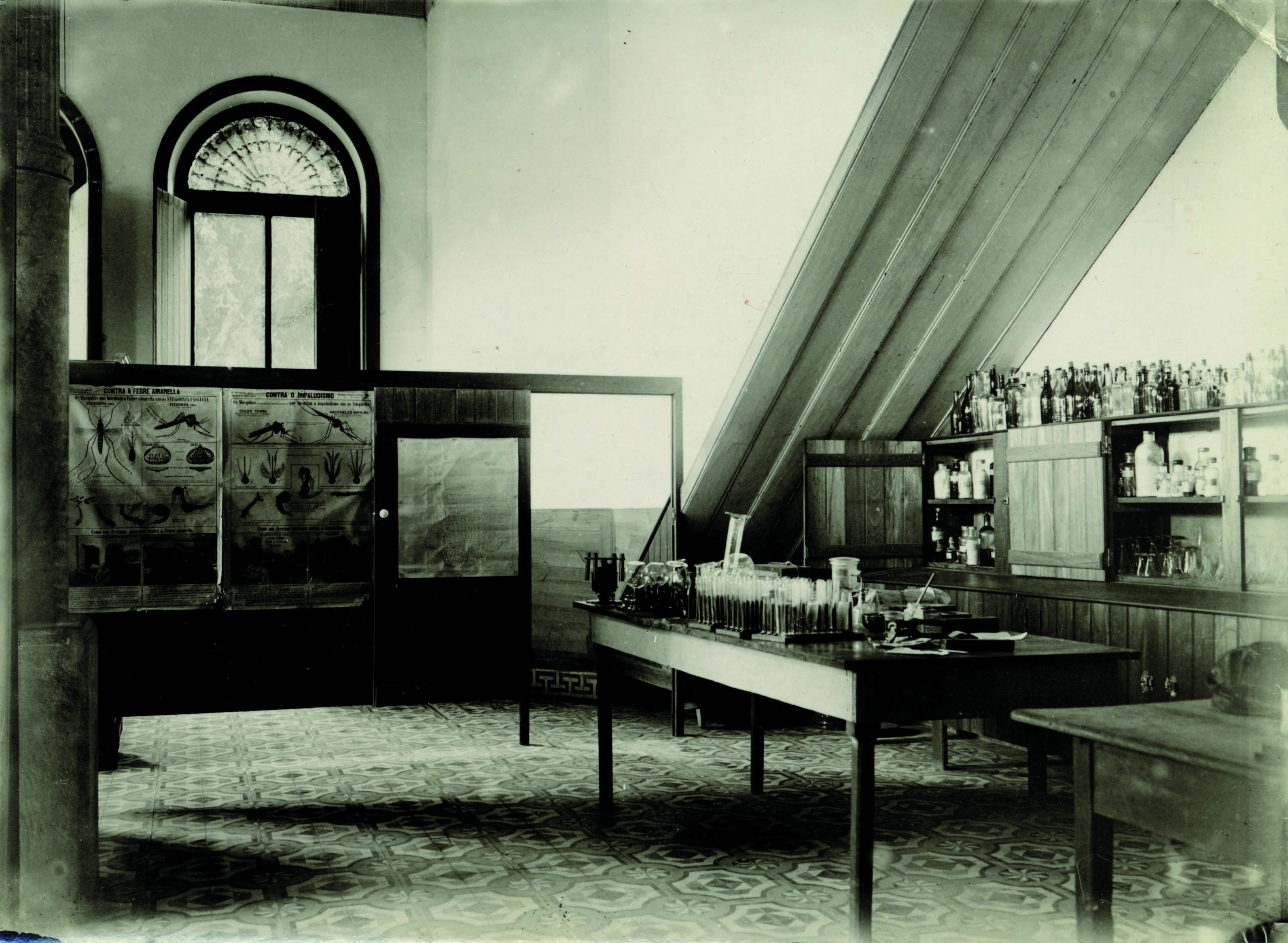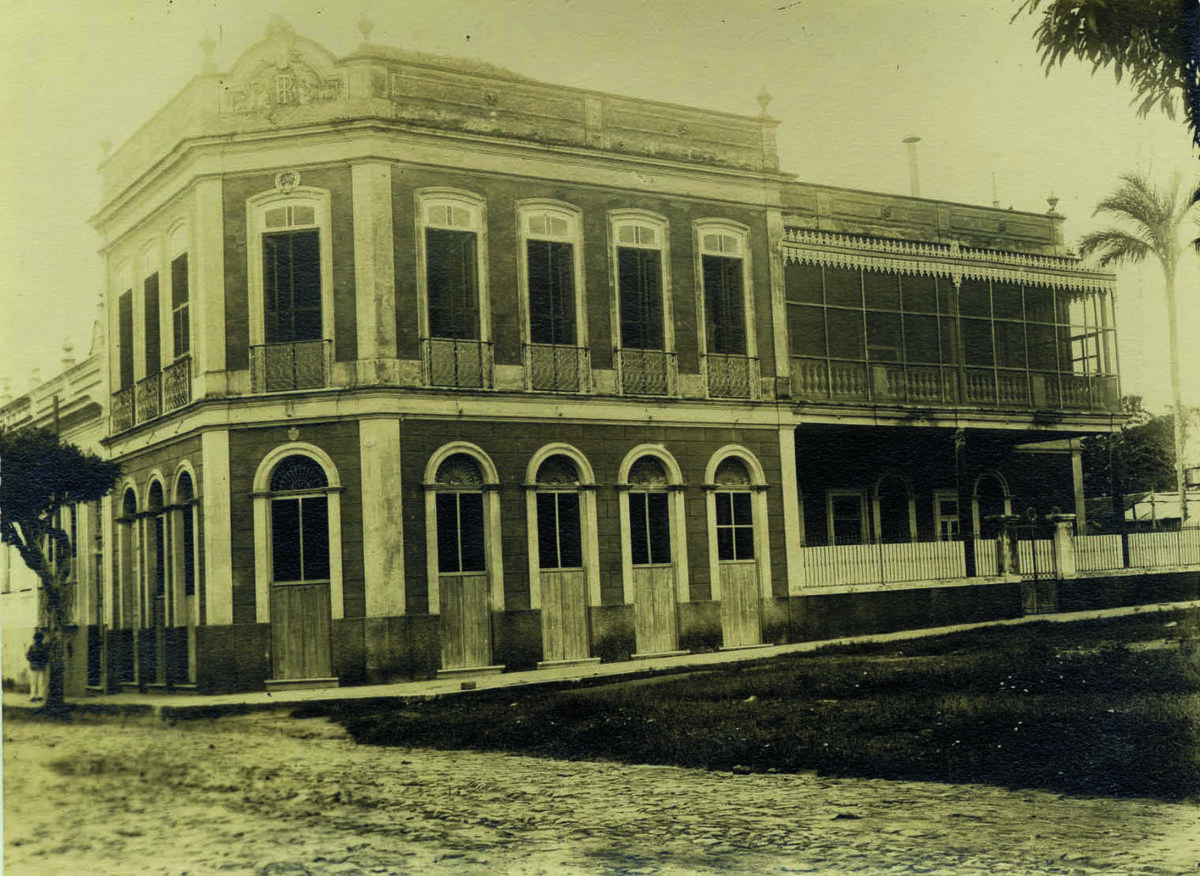
The year is 1905 and LSTM scientists, Wolferstan Thomas and Anton Breinl, have been sent to the Amazon Basin to research yellow fever – an infection spread by mosquitos with symptoms including a high temperature, headache, feeling sick or vomiting, muscle pain and a sensitivity to light. It can also be fatal.

Unfortunately for Breinl, yellow fever was quite prevalent in the area at that time and it was not long before he was back on the boat to Liverpool, suffering from the disease. However, Thomas stayed in Brazil and founded the Yellow Fever Research Laboratory - LSTM’s first overseas laboratory. It was sited in Manaus, a port city on the Rio Negro which was surrounded by rainforest and built on the profits of the rubber industry.
As well as researching yellow fever, the lab also provided local people with information on the disease, in both Portuguese and English. Staff there carried out free-of-charge pathological work for the federal, state and municipal authorities, as well as for a local private hospital. The lab was given to the municipality by Thomas some time before he died in 1931, after which, beset by financial and strategic problems, it closed.
The first of many However, this was not the last overseas LSTM-supported body to be founded. Subsequent partnerships with local authorities have included a research lab in Freetown, Sierra Leone in 1921, the first institution of tropical medicine in Ghana, the Loiasis Research Scheme in Cameroon in 1949, a Heat Research Unit in Kuwait in 1956, a Faculty of Tropical Medicine in Thailand in 1960, a WHO Onchocerciasis Chemotherapeutic Research Centre in Ghana in 1976, and most notably the Malawi Liverpool Wellcome Programme.